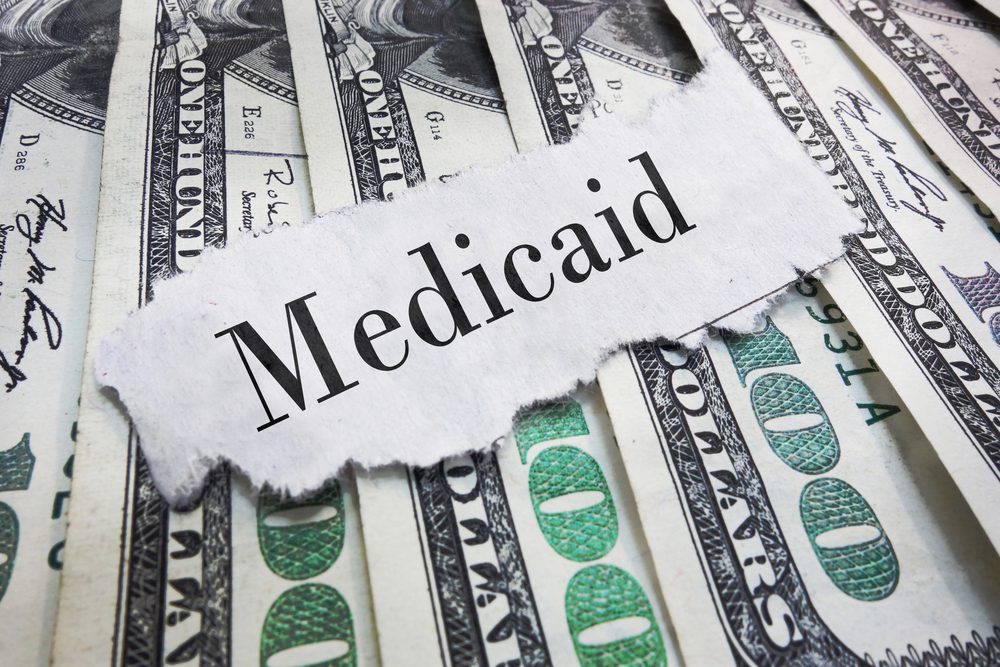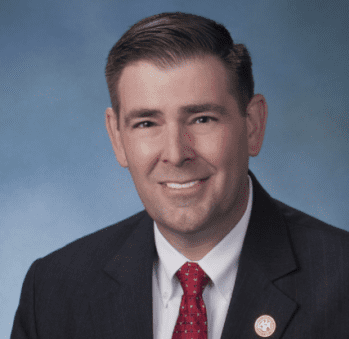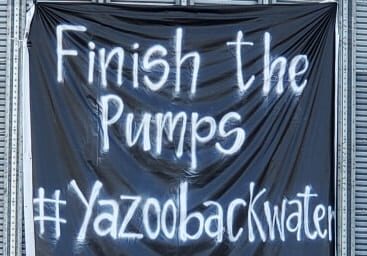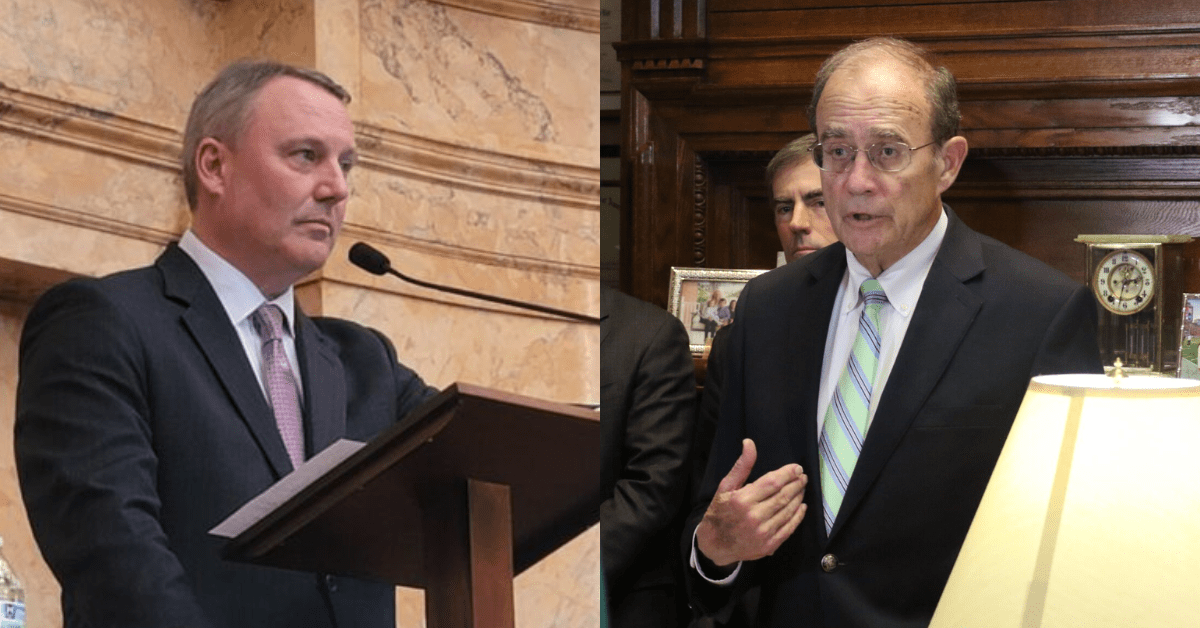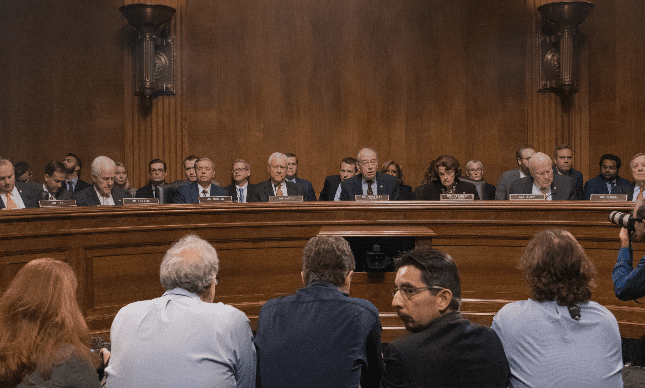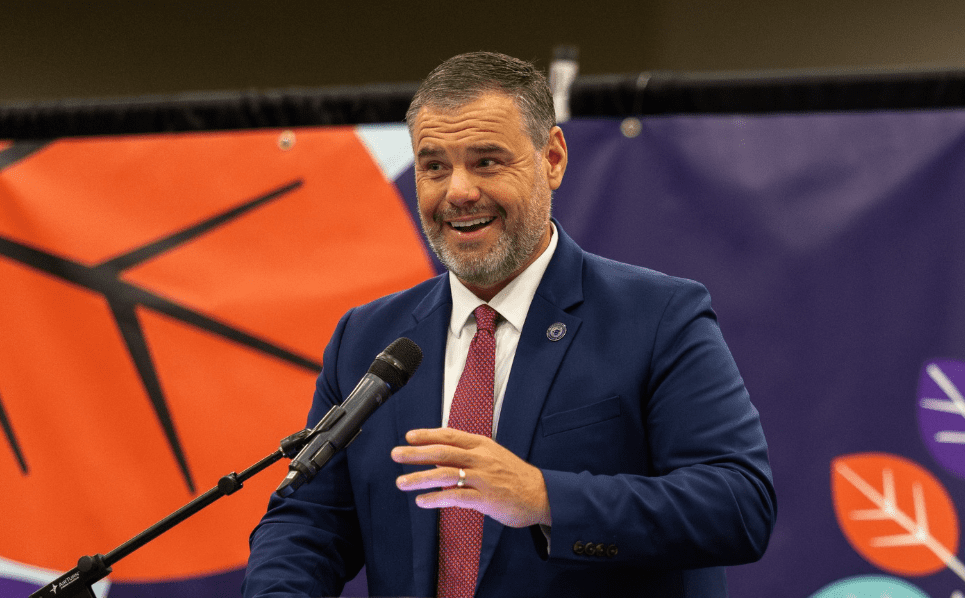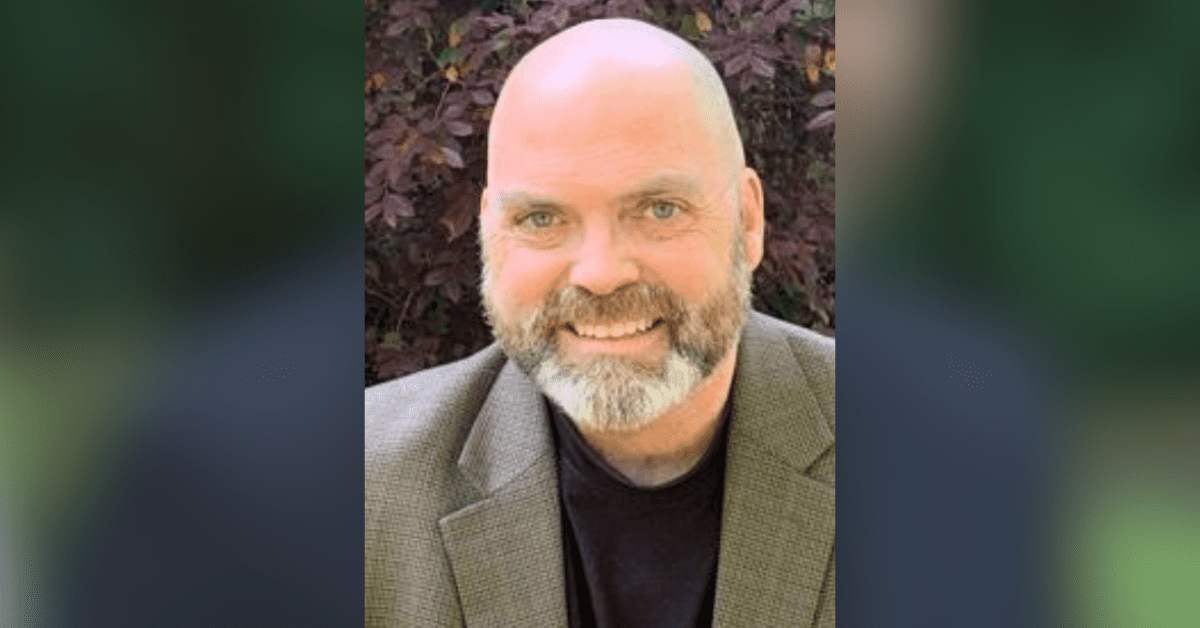
The Southeastern Regional Opportunity Zone Summit was held this week in Jackson and it was aimed to examine how federal incentives can accelerate regional efforts to build a stronger more vibrant and resilient Southeast economy.
Sponsored by the State of Mississippi and the Milken Institute, the event featured speakers like Ja’Ron Smith, Deputy Assistant at The White House Office of American Innovation, South Carolina Governor Henry McMaster and HUD Secretary Ben Carson. It was held on Monday and Tuesday in Jackson at the Convention Center.
Opportunity Zones is a new federal initiative created under the 2017 Federal Tax Cuts and Jobs Act which provides incentives for qualified investors to invest capital gains in distressed communities across the United States. The idea is based on bipartisan legislation originally introduced by Senators Tim Scott (R-SC) and Corey Booker (D-NJ). According to estimates from the U.S. Treasury Department, up to $6 trillion in sidelined capital could move into 8700 eligible census tracts.
The Summit featured lawmakers and business leaders across the state, as well as U.S. Secretary of Housing and Development Dr. Ben Carson. Governor Bryant spoke of two different Opportunity Zones already happening in Mississippi that are working with affordable housing to expand tax credits to target developers.
“It is a perfect fit for Opportunity Zones not only do you receive the tax credits for the capitol gains that are deferred but other incentives for developments,” said Governor Bryant.
Both locations are intended for workforce housing, and one will focus on assisted living. Those developers have not been identified yet but will be announced in the near future.
On Day two of the Summit, Dr. Carson announced the launch of a new interactive website, opportunityzones.gov. The initiative was introduced by President Donald Trump’s White House Opportunity and Revitalization Council.
“It’s an interactive new tool that will bring the communities, investors and resources together with the click of a button,” said Carson. “Since President Trump signed the Executive Order establishing its creation…. has taken over 150 actions to align existing federal resources policies and programs to maximize their impact on Opportunity Zones.”
It includes interactive maps of the 8,764 Opportunity Zones, links to state and territory-specific Opportunity Zones website, and updates from the White House Opportunity and Revitalization Council. Mississippi has 100 Opportunity Zones geographically distributed around the state.
The format of the event this week was as follows:
Day 1 of the event addressed a known gab inhibiting future Opportunity Zone (OZ) program success: the lack of a robust pipeline of projects that Qualified Opportunity Zone Funds can invest in and achieve desired returns. Training will be offered to help Southeastern communities be OZ-ready and promote collaboration leveraging Opportunity Zones to drive local economic development.
Day 2 of the event featured elected officials, economic developers, community leaders, private investors, and U.S. administration officials to discuss the power and promise of the new federal Opportunity Zone incentive.


